12 Behind-the-Scenes Facts About Filmmaking
Filmmaking is more than dazzling visuals and gripping stories; it’s a symphony of creativity and logistics working in harmony. While audiences marvel at the final product, countless unsung details and clever tricks shape every cinematic masterpiece.
From innovative sound design to unexpected on-set improvisations, these lesser-known facts reveal the fascinating world hidden behind the lens. Explore the secrets that bring beloved movies to life and discover why the filmmaking process is as captivating as the films themselves. Learn more about filmmaking at NYFA.
1. The Magic of Forced Perspective
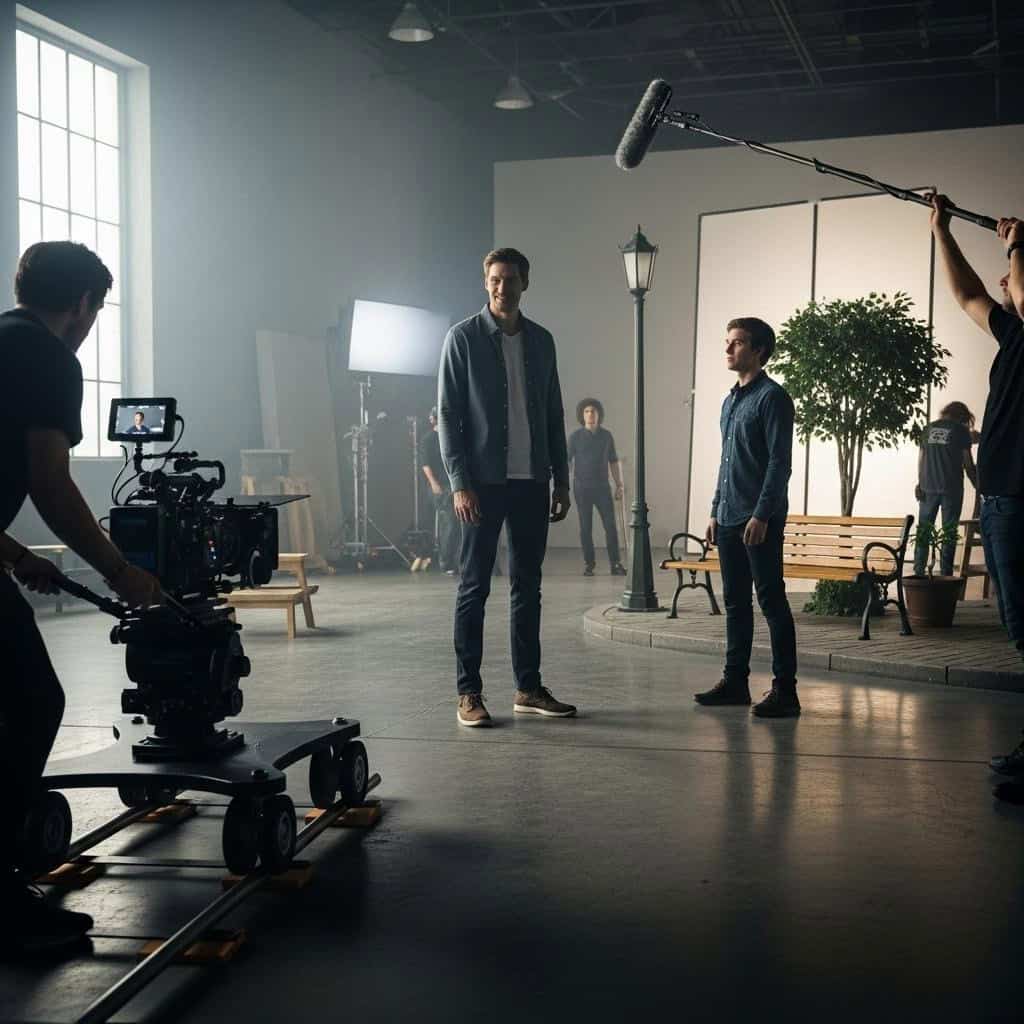
Forced perspective is a timeless filmmaking technique that manipulates our perception of size and distance, allowing directors to create astounding visual illusions without digital effects. In The Lord of the Rings trilogy, filmmakers famously made hobbits appear smaller than humans by carefully positioning actors and props at calculated distances from the camera.
This practical effect relies on clever camera angles and set designs, offering a cost-effective alternative to CGI. Its enduring popularity proves that sometimes, old-school tricks are the most convincing. Discover more about this technique from No Film School.
2. Foley Artists: The Unsung Sound Heroes
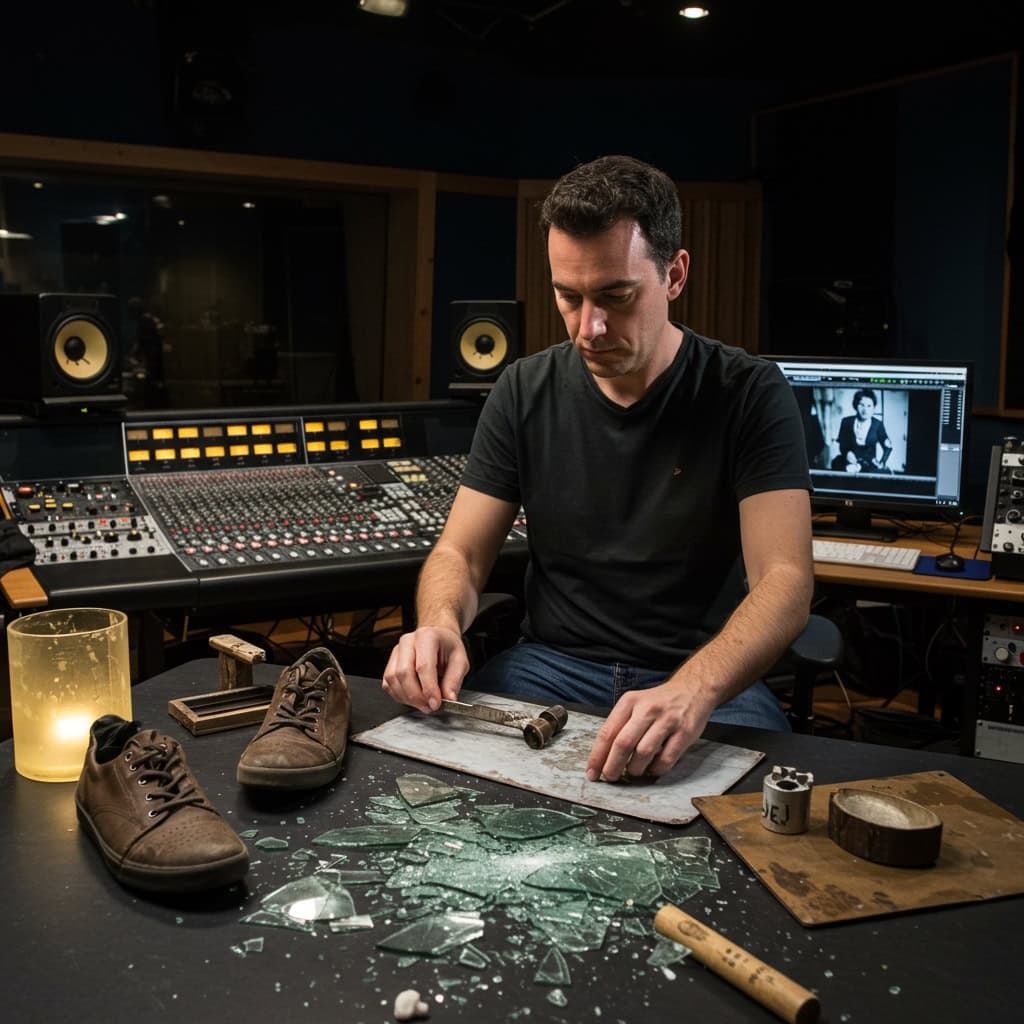
Foley artists are the hidden maestros behind a film’s immersive soundscape. They meticulously recreate everyday noises—like footsteps, rustling clothes, or breaking glass—in recording studios, often using inventive props.
For example, in blockbuster movies such as Star Wars and Jurassic Park, Foley teams at Skywalker Sound crafted everything from blaster fire to dinosaur footsteps using unexpected household items. These custom-recorded sounds add texture and believability to every scene, proving that the magic of movies extends well beyond what’s captured on camera.
3. Miniatures and Model Magic
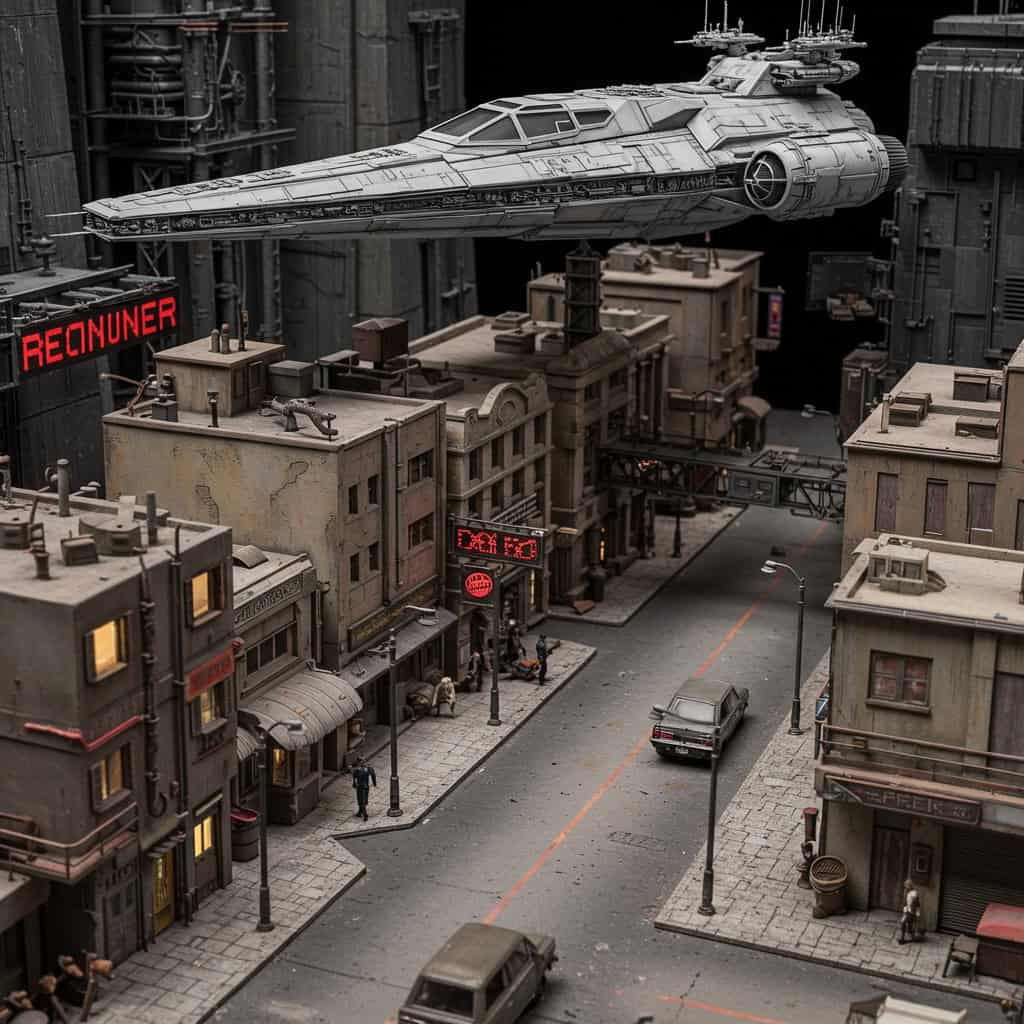
Miniatures and scale models have been cinematic staples for decades, enabling filmmakers to create grand, detailed worlds on a manageable scale. Classics like Star Wars used meticulously crafted model spaceships for battle sequences, while Blade Runner brought its futuristic city to life with intricate miniature sets.
Even in the age of advanced CGI, physical models remain popular for their tactile realism and unique visual texture. Many directors blend models with digital effects for a seamless look. Dive deeper into the artistry of miniatures at Stan Winston School.
4. The Importance of Continuity
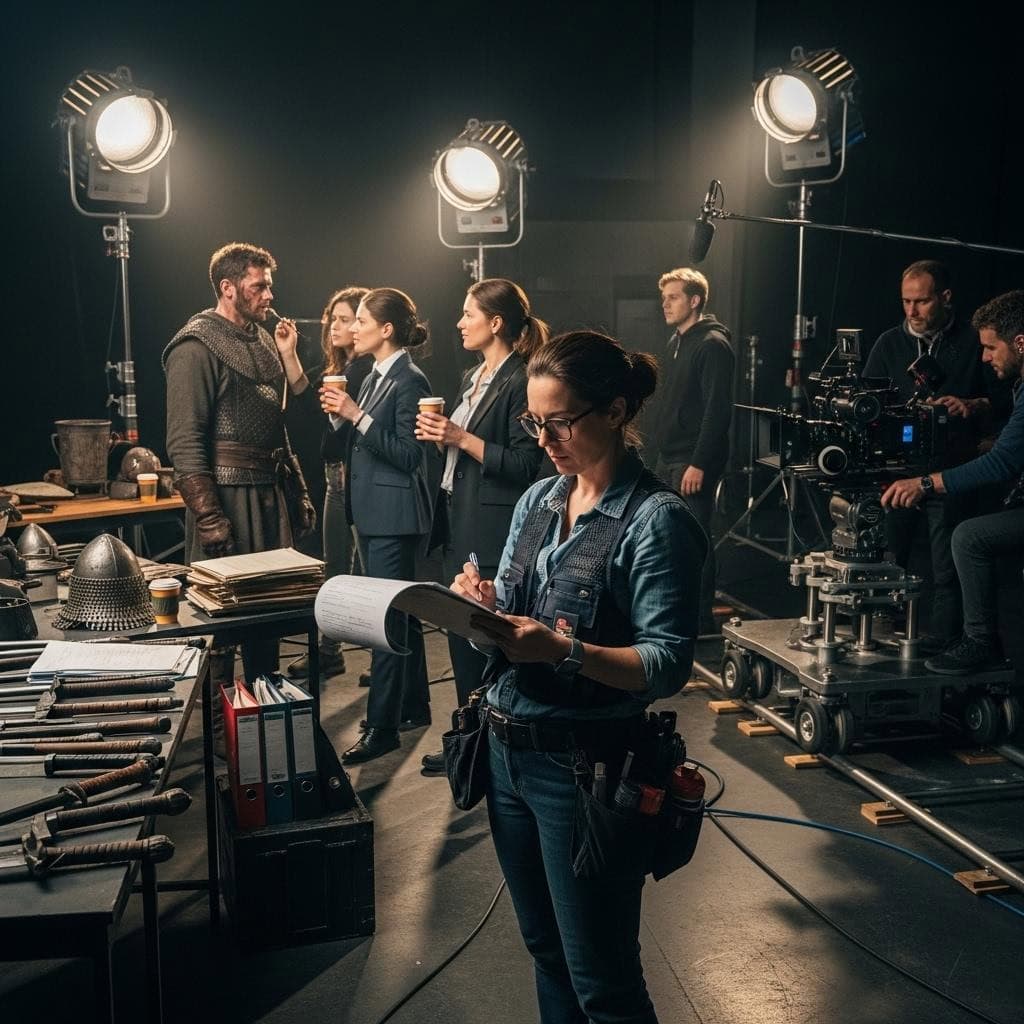
Continuity supervisors, or script supervisors, play a crucial role in maintaining visual and narrative consistency throughout a film. They track wardrobe, props, lighting, and even actors’ movements from shot to shot, ensuring seamless storytelling.
Despite their diligence, some mistakes slip through—like the infamous Starbucks cup in Game of Thrones or the shifting wounds in Gladiator. These errors, while sometimes amusing to audiences, highlight the immense challenge of keeping every detail aligned during long, complex shoots. For more on continuity in filmmaking, visit StudioBinder.
5. Hidden Cameos and Easter Eggs
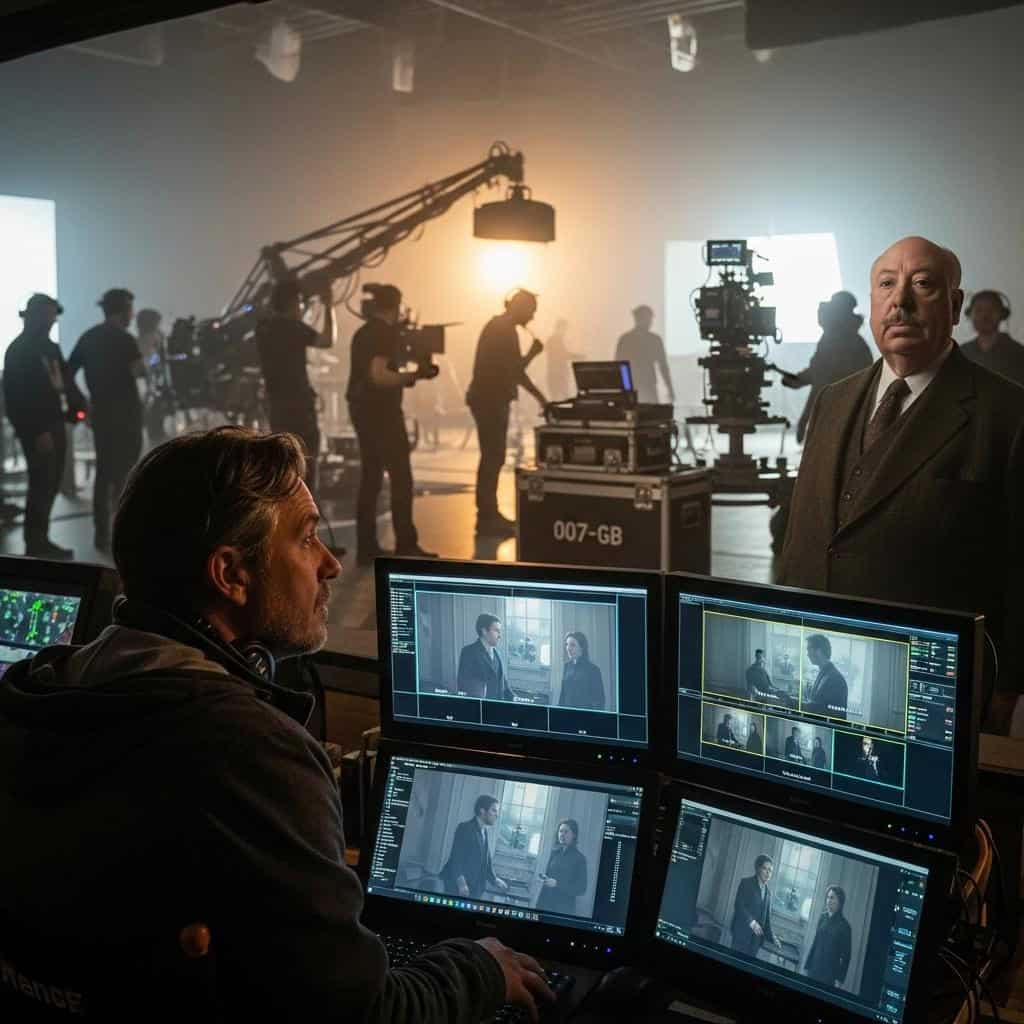
Filmmakers love to reward attentive viewers by embedding hidden cameos and Easter eggs within their films. Marvel movies famously feature Stan Lee’s playful appearances in nearly every installment, while Pixar consistently hides the code “A113” as a nod to an animation classroom at CalArts.
These subtle details create an extra layer of enjoyment for fans, sparking discussions and repeat viewings. Directors and animators often use these surprises to pay homage to inspirations or acknowledge their creative teams. Learn more about cinematic Easter eggs at Screen Rant.
6. The Challenge of Night Shoots
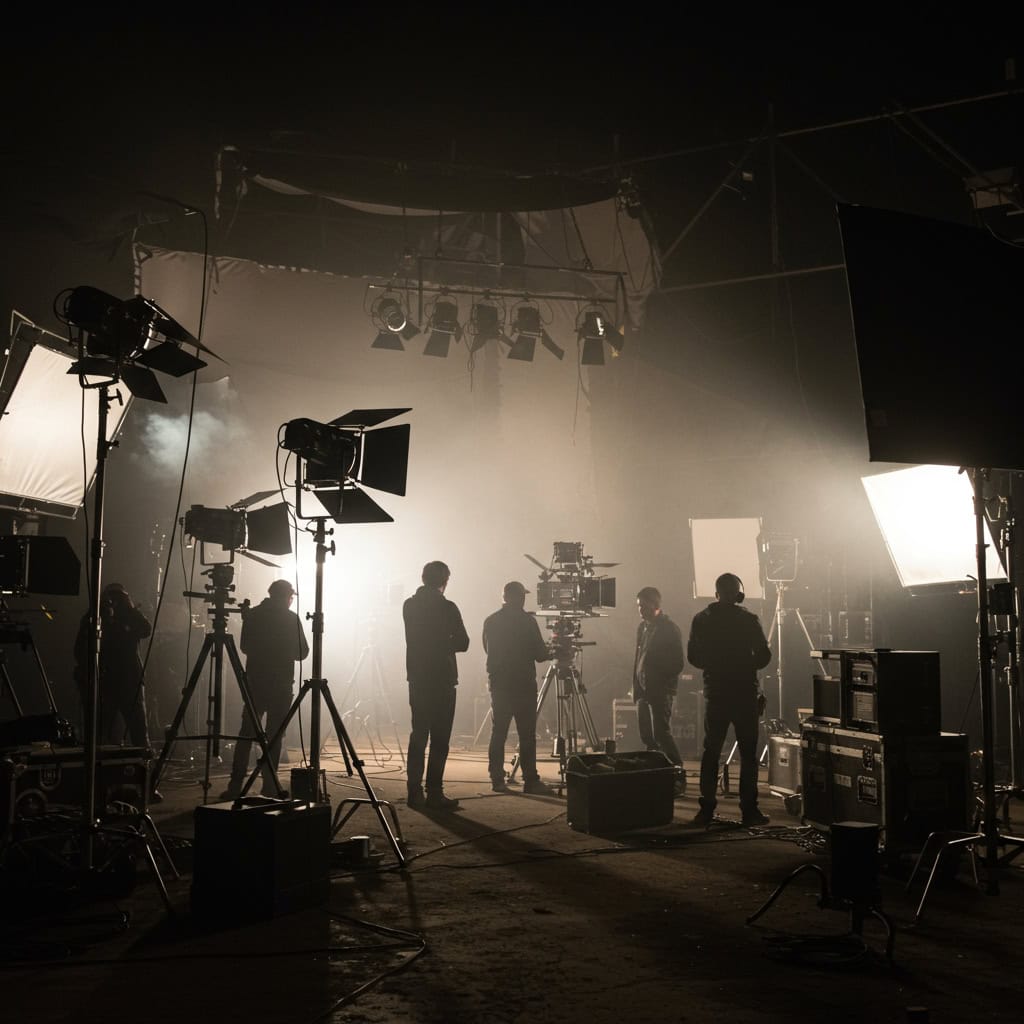
Filming at night presents unique hurdles for cast and crew. Lighting must be carefully managed to achieve the desired mood without losing detail, often requiring elaborate setups. Crew fatigue is another concern, as overnight shoots can disrupt natural sleep patterns and impact performance.
Iconic films like Blade Runner and The Dark Knight utilized night shoots to create atmospheric, unforgettable scenes but required meticulous planning and stamina from the entire team. These challenges highlight the dedication behind every striking nighttime sequence. Discover more about night shoots at MasterClass.
7. The Role of Stand-Ins and Doubles
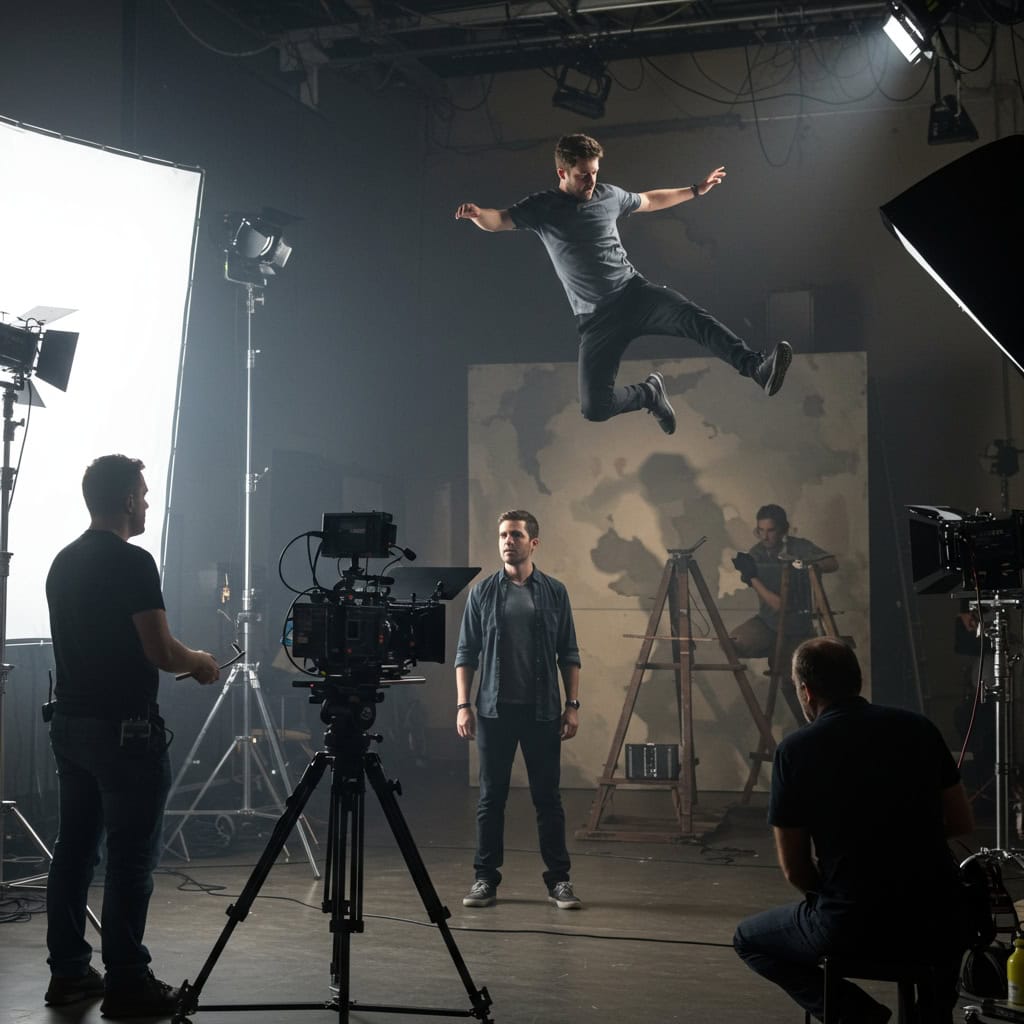
Stand-ins and doubles are essential to the filmmaking process, ensuring both safety and efficiency on set. Stand-ins help with lighting and camera setups, allowing the main actors to rest or prepare, while stunt doubles perform dangerous or physically demanding scenes.
For example, in the Mission: Impossible series, Tom Cruise’s renowned willingness to perform his own stunts is complemented by highly skilled doubles for complex sequences. These professionals often remain anonymous, yet their expertise protects actors and brings thrilling action to life. Learn more about their vital work at Los Angeles Times.
8. Costume and Makeup Transformations
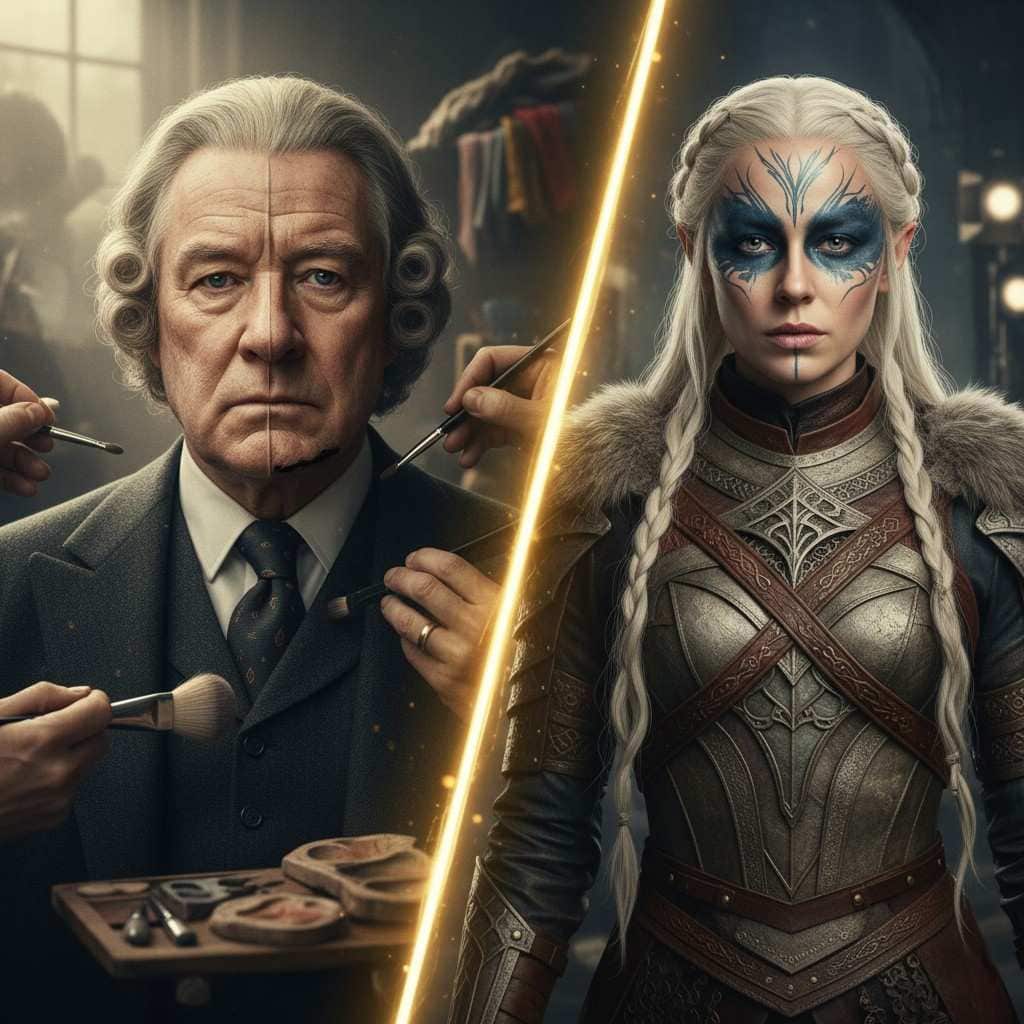
Costume and makeup departments possess the remarkable ability to transform actors into entirely new characters. Gary Oldman’s portrayal of Winston Churchill in Darkest Hour is a testament to this artistry, with prosthetics and detailed makeup rendering him unrecognizable.
Similarly, the elaborate costumes and intricate makeup designs in Game of Thrones brought fantastical characters and cultures to life, contributing greatly to the show’s immersive world. These teams work tirelessly behind the scenes, blending creativity with technical skill to achieve movie magic. Discover more about these transformations at Vanity Fair.
9. Digital De-Aging and Visual Effects
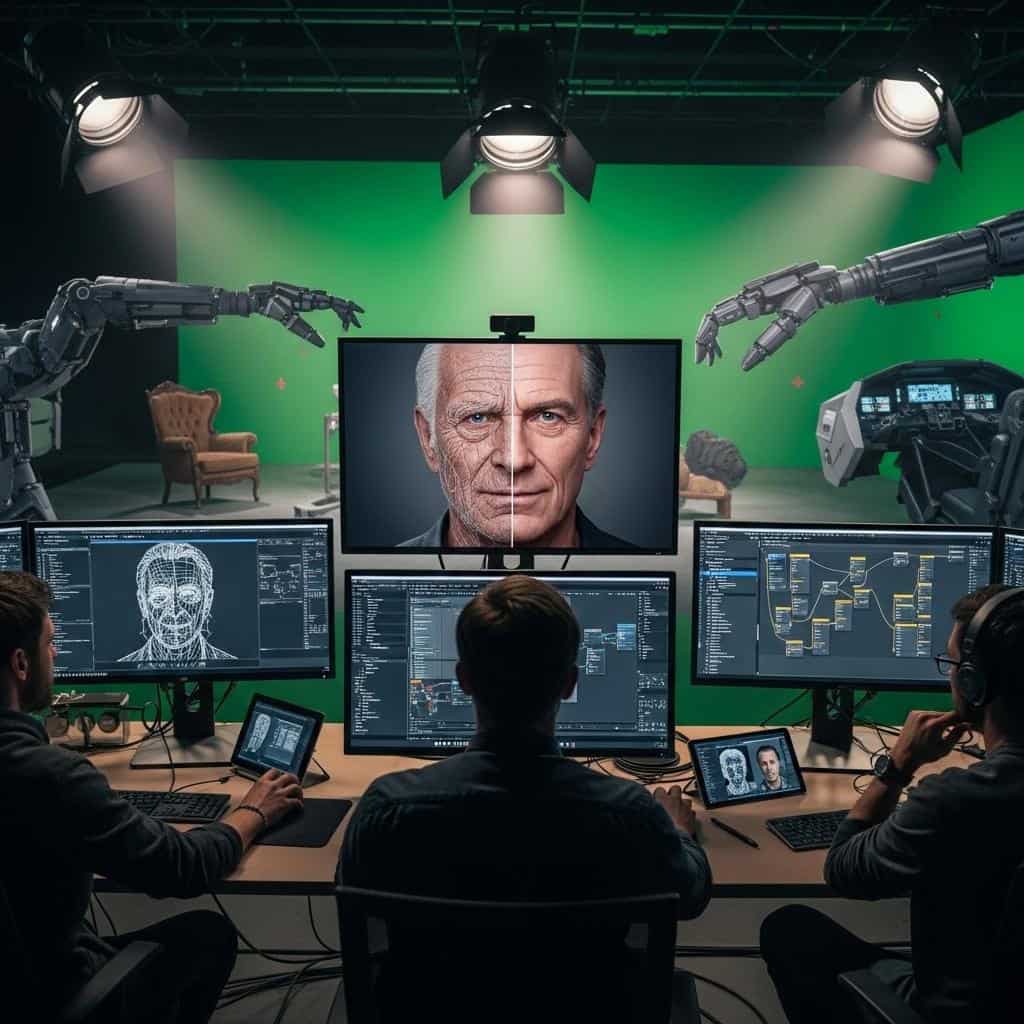
Digital de-aging and advanced CGI have revolutionized visual storytelling, allowing filmmakers to manipulate actors’ appearances and create seamless fantasy worlds. In The Irishman, actors like Robert De Niro were digitally transformed to appear decades younger, while the Marvel Cinematic Universe frequently employs de-aging for flashbacks and immortal characters.
These sophisticated techniques demand collaboration between VFX artists and performers, pushing the boundaries of realism. As technology evolves, digital effects are setting new industry standards for what’s possible on screen. Explore the advancements in VFX at VFX Voice.
10. The Art of Storyboarding
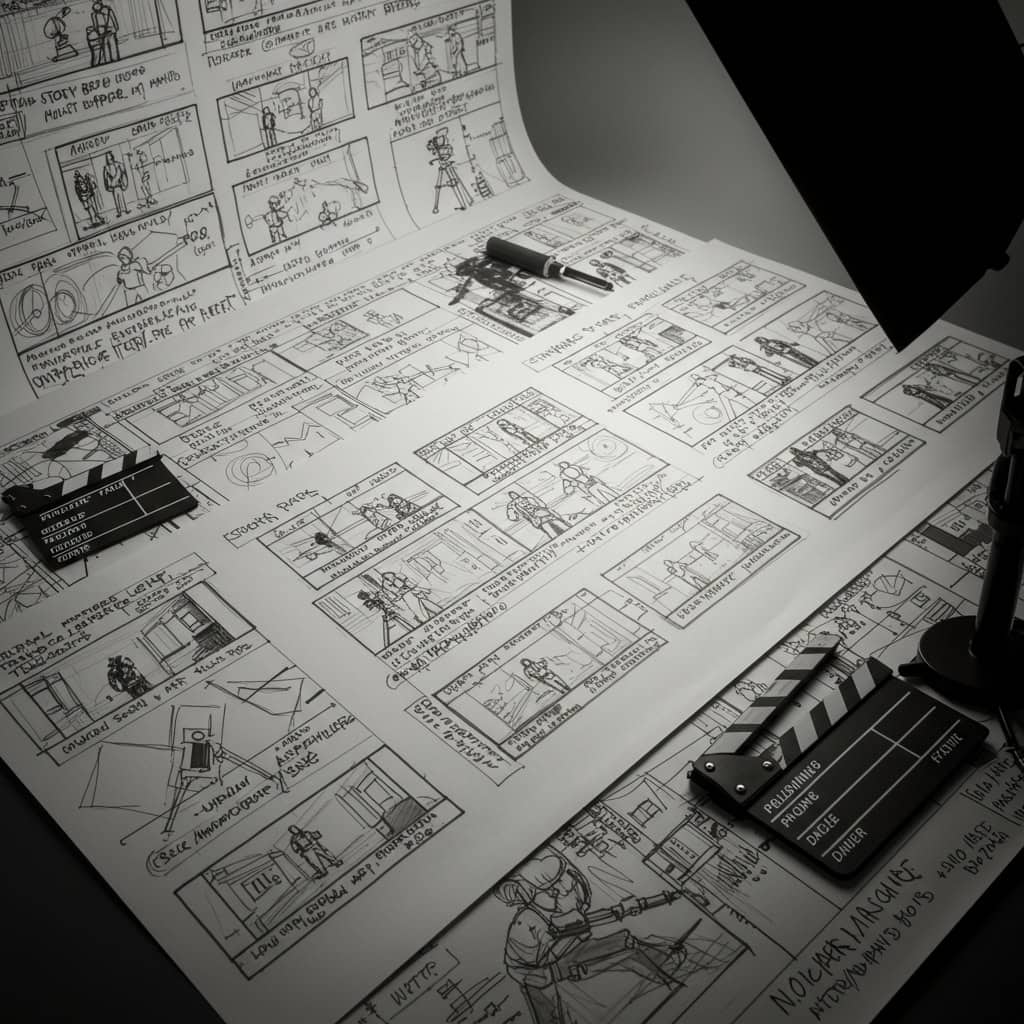
Storyboarding is a vital pre-production step that allows directors to visualize each shot before filming begins. By sketching out scenes, filmmakers plan camera angles, movements, and transitions, making complex sequences more manageable.
Alfred Hitchcock, a pioneer of this technique, famously storyboarded every moment of Psycho‘s shower scene for maximum impact. Modern blockbusters like Mad Max: Fury Road relied on detailed storyboards to choreograph their breathtaking car chases and stunts. This process ensures coherence and efficiency on set. Discover more about storyboarding’s impact at BFI.
11. Location Scouting and Set Design
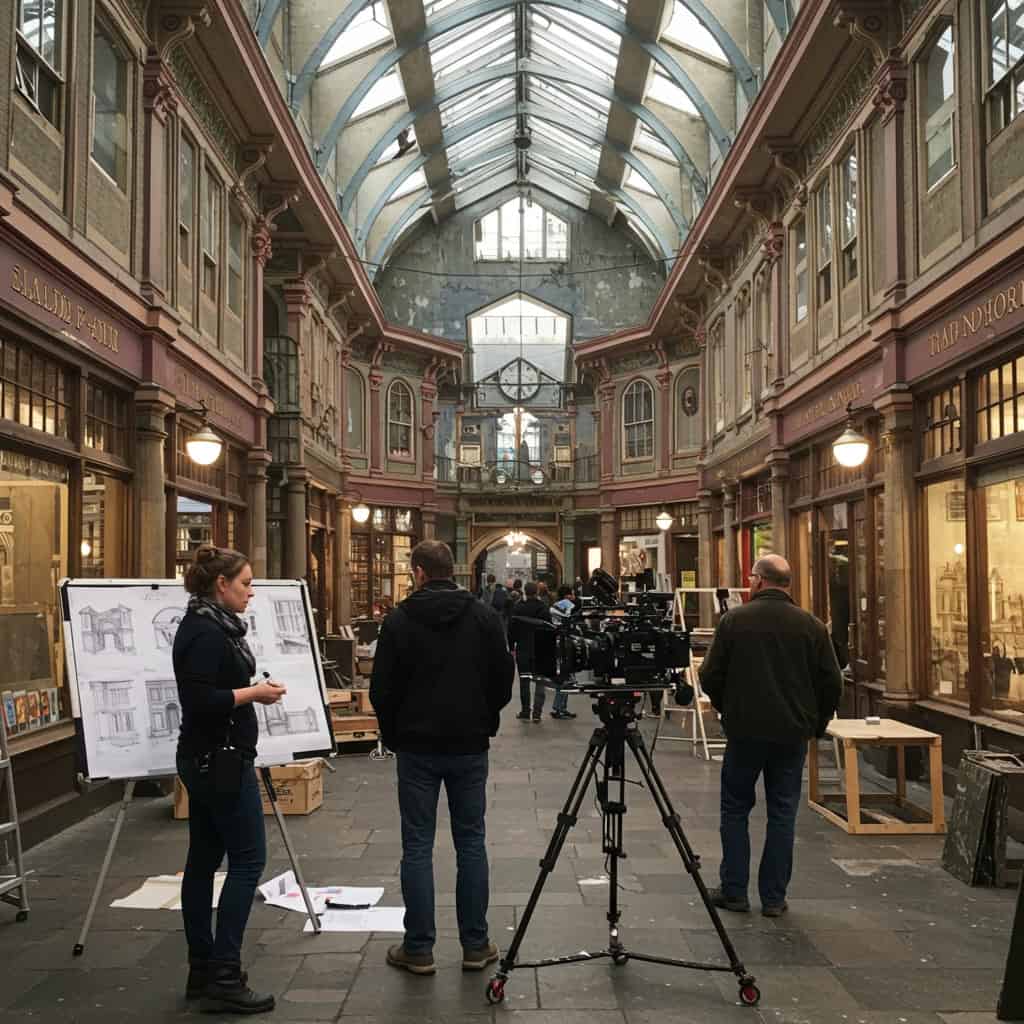
Location scouts and set designers work hand-in-hand to create immersive film worlds, often transforming ordinary places into iconic cinematic settings. For the Harry Potter films, real locations like London’s Leadenhall Market were artfully adapted to become Diagon Alley, blending reality with fantasy.
Set designers meticulously craft interiors and exteriors to match a director’s vision, whether building from scratch or enhancing existing spaces. Their expertise grounds stories in believable environments, enriching the viewer’s experience. Learn more about the craft of set design and location scouting at Backstage.
12. Reshoots and Alternate Endings
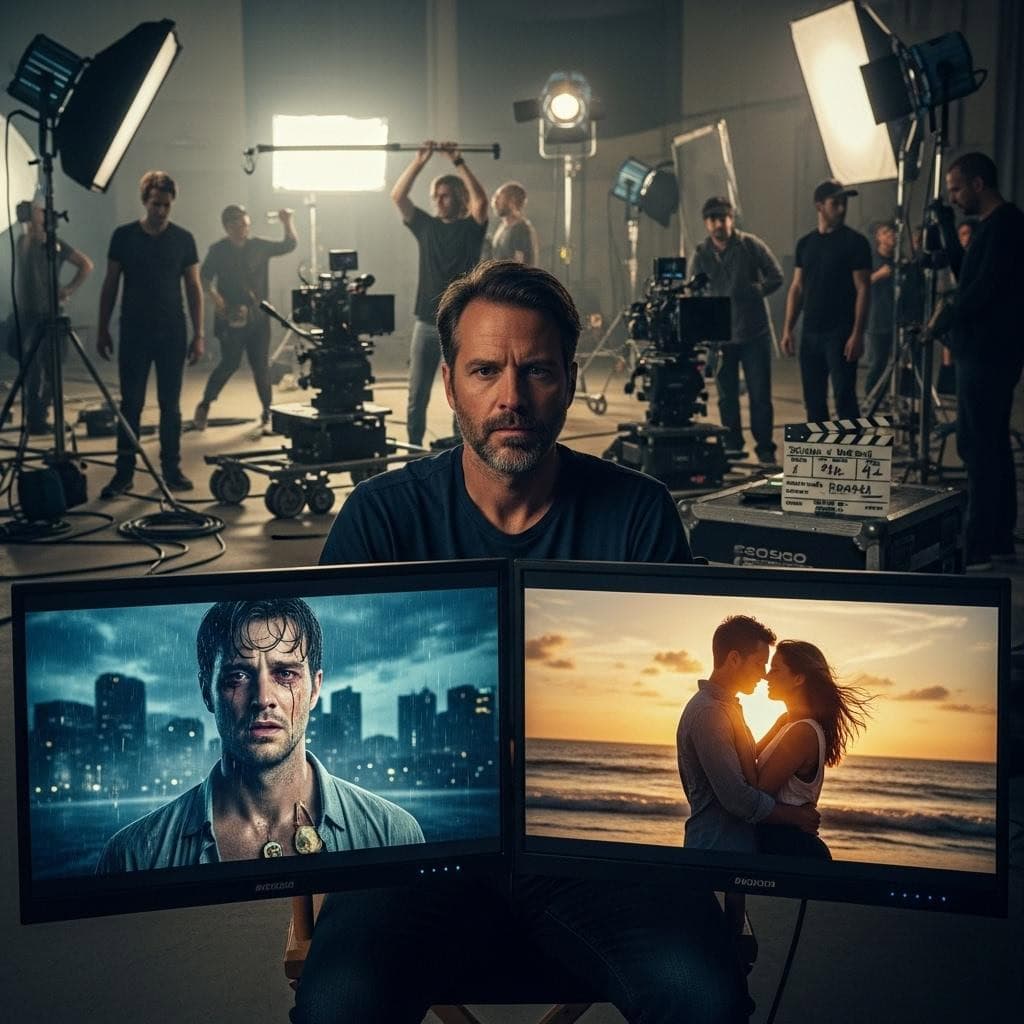
Reshoots and alternate endings are often necessary to refine a film’s narrative or respond to test audience feedback. Rogue One: A Star Wars Story underwent significant reshoots, resulting in a more cohesive and impactful finale.
Similarly, Pretty Woman originally had a much darker ending before producers opted for a romantic conclusion that resonated with audiences. These changes can dramatically alter a film’s tone and success, proving that movies are often shaped right up to the final edit. Explore more about reshoots and their effects at IndieWire.
Conclusion
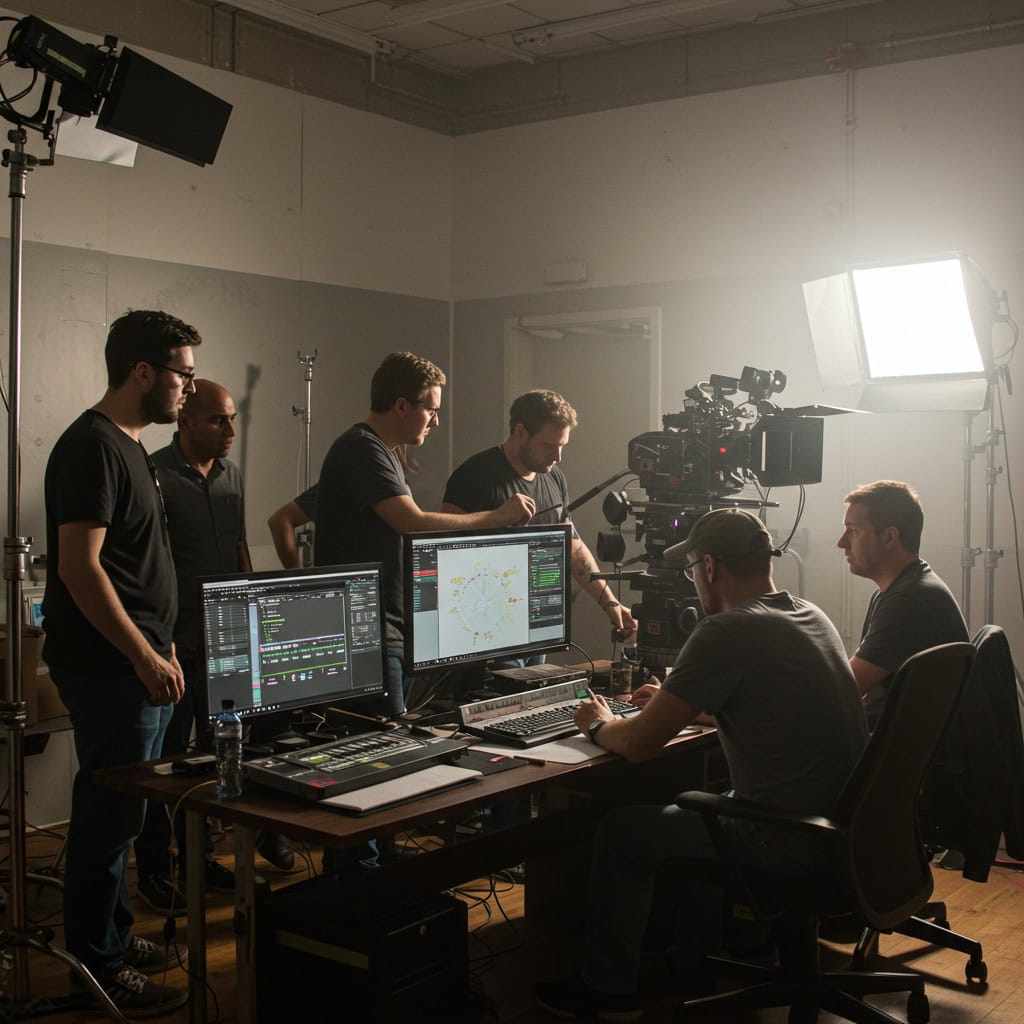
Filmmaking is a remarkable blend of creativity, technical expertise, and collaboration. From practical effects to digital wizardry, each film represents the dedication of countless professionals working behind the scenes.
Understanding these hidden efforts deepens our appreciation for the movies we love and the intricate processes that bring them to life. As you revisit your favorite films, take a moment to recognize the artistry and teamwork that make cinematic magic possible. For more insights into the world of filmmaking, visit BFI.






